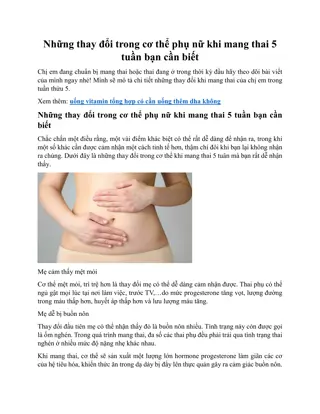The Fascinating World of Macramé and Knotting Crafts
Discover the ancient art of macramé originating from Arabic weavers, explore the history and modern uses of lanyards in military contexts, learn about friendship bracelets symbolizing bonds of friendship, and delve into the trendy craft of Scoubidou knotting. Unravel the intricate details of these decorative knotting techniques that have cultural significance and practical applications.
Download Presentation

Please find below an Image/Link to download the presentation.
The content on the website is provided AS IS for your information and personal use only. It may not be sold, licensed, or shared on other websites without obtaining consent from the author.If you encounter any issues during the download, it is possible that the publisher has removed the file from their server.
You are allowed to download the files provided on this website for personal or commercial use, subject to the condition that they are used lawfully. All files are the property of their respective owners.
The content on the website is provided AS IS for your information and personal use only. It may not be sold, licensed, or shared on other websites without obtaining consent from the author.
E N D
Presentation Transcript
Macram The art of knotting cord or string patterns to make decorative articles. Macram comes from a 13thcentury Arabic weavers word migramah meaning fringe. This refers to the decorative fringes (edges) on covers for camels and horses which help to keep the flies off the animal in the hot desert regions of northern Africa.
History and Modern day uses Lanyard A lanyard is a cord or strap worn around the neck, shoulder or wrist to carry such items as keys or identification cards. French military used lanyards to connect a pistol, sword or whistle (for signaling) to a uniform semi-permanently. Lanyards were used by cavalry and naval officers at sea. Why do you think these officers used a lanyard?
History continued In the military, lanyards of various color combinations and braid patterns are worn on the shoulders of uniforms to denote the wearer s qualification or regimental affiliation. Can you think of anyone who wears lanyards as a form of qualification or affiliation today?
Friendship Bracelets A Friendship bracelet is a decorative bracelet given by one person to another as a symbol of friendship. Friendship bracelets are often handmade, usually of embroidery floss or thread . It is accepted that the origins of these colorful bands lie with the Indigenous People of Central and South America, some decorative knots can be traced back to China from 481 to 221 BCE.
Modern day continued Scoubidou Scoubidou (gimp, lanyard, scoubi, scoobie, boondoggle or rex-lace) is a knotting craft, that originated in France using plastic string. It became a fad in the late 1950 s and still remains popular. It was named after the 1958 song of the same name by the French singer Sacha Distel. Most common use is for key chains and for decoration.
Knots Box Stitch (aka square stitch) is the most common. Two strands are used in this method. Four strands can be used to make a double box stitch, thus doubling the size. Spiral stitch (aka barrel stitch) is a slight modification of the box stitch.
Modern day uses cont Paracord Paracord (aka parachute cord or 550 cord) is a lightweight nylon rope originally used in the suspension lines of parachutes. Cord is useful for many other tasks and is now used as a general purpose utility cord by both military personnel and civilians. The yarn of the core (commonly called the guts ) can be removed when finer string is needed, for sewing thread, or fishing line. These functions make it useful in survival situations .
Knots The Cobra knot is the most common one. One length of cord is used but two or more can be used to add thickness and material.
What are we going to do? Preliminary work: We are going to learn how to create all four styles of macram . SAVE ALL YOUR WORK! Final work: Three functional, wearable macram pieces. Final work must fit your wrist.
Let's start with one of the Friendship Bracelets!! Yes, this will count for a grade. Yes, you can make more than three. (our paracord supplies are limited though) Yes, you can bring in your own supplies. You are encouraged to research techniques to make more complex patterns and macram .





























